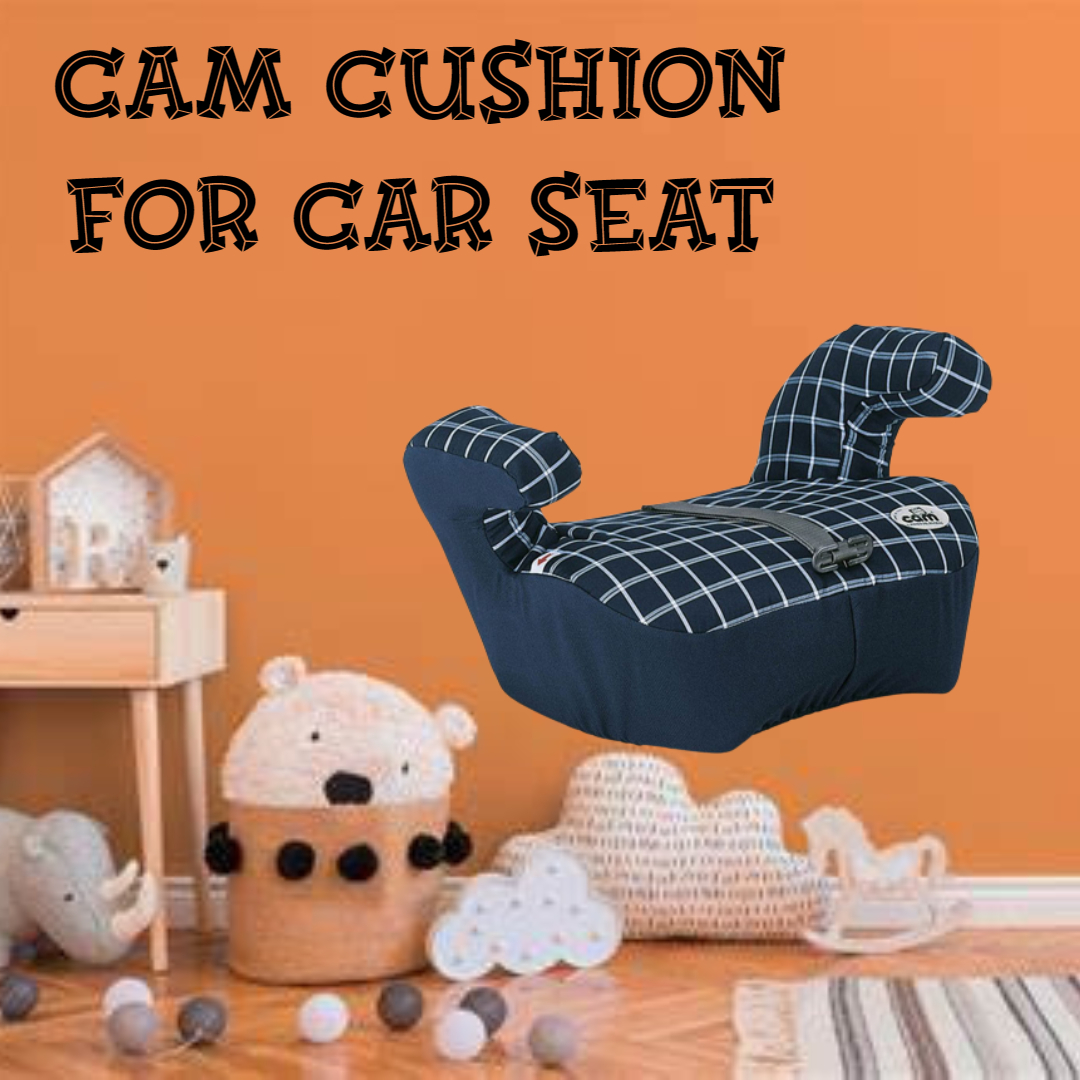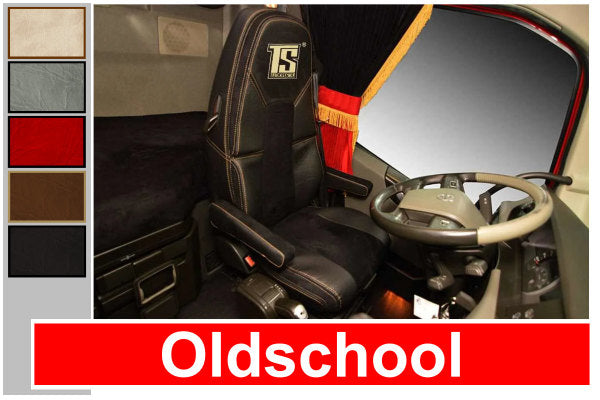Car Seat Cushions A Comprehensive Guide for Car Safety and Comfort
As a parent, you always want the best for your child, especially when it comes to their safety and comfort. When it comes to car rides, one essential element that can greatly contribute to both aspects is a car seat cushion. In this comprehensive guide, we will delve into the world of car seat cushions, exploring their benefits, types, materials, safety features, and tips for choosing and using them effectively. We will also discuss the importance of following safety precautions and regulations when using cushion boosters in cars.
Safety Precautions for Using Cushion Boosters in Cars

While car seat cushions can provide numerous benefits, they must be used correctly and safely to ensure maximum protection for your child. Here are some safety precautions to keep in mind when using cushion boosters in cars:
Always follow the manufacturer's instructions
When purchasing a car seat cushion, it is crucial to carefully read and follow the manufacturer's instructions for installation and use. Each cushion may have different guidelines, and failure to follow them could result in an unsafe environment for your child.
Check for expiration dates
Just like car seats, cushion boosters also have an expiration date. This is because the materials used can deteriorate over time, compromising their safety and effectiveness. Make sure to check the expiration date and replace the cushion if it has passed.
Use age-appropriate cushions
Different cushions are designed for different ages and weights. It is essential to choose a cushion that is appropriate for your child's age and weight to ensure they receive the maximum protection and support.
Do not use additional padding or inserts
It can be tempting to add extra padding or inserts to a cushion booster for added comfort. However, this should be avoided as it can compromise the effectiveness of the cushion and create potential safety hazards.
Never leave a child unattended in a car seat cushion
While car seat cushions can provide added comfort for your child during car rides, they are not intended for prolonged use. Always remove your child from the cushion booster when you reach your destination and never leave them unattended in the car seat.
Types of Cushion Boosters for Car Seats

There are various types of cushion boosters available in the market, each designed to meet specific needs and preferences. Here are some of the most common types of cushion boosters for car seats:
High-back booster cushions
As the name suggests, high-back booster cushions have a taller backrest that provides additional support for the child's head and neck. They also come with side wings that offer enhanced side impact protection, making them a popular choice for parents concerned about their child's safety.
Backless booster cushions
Backless booster cushions are smaller and more compact than high-back boosters. They simply elevate the child's seating position, providing a better view outside the car window and making the seatbelt fit more comfortably. However, they do not offer as much head and neck support as high-back boosters.
Combination booster cushions
Combination booster cushions are designed to cater to growing children by transitioning from a high-back booster to a backless booster. These cushions offer the best of both worlds, providing head and neck support while also being adjustable to suit the child's height and weight.
Benefits of Using Cushion Boosters in Cars

Now that we have discussed the different types of cushion boosters, let's explore the benefits they offer:
Improved Comfort
One of the primary reasons parents opt for cushion boosters is to improve their child's comfort during car rides. The extra padding and support provided by the cushion can reduce pressure points and make long car trips more comfortable for children.
Enhanced Safety
Some cushion boosters come equipped with additional safety features such as side impact protection and head support. These features can greatly enhance the overall protection of the child in the event of a collision.
Temperature Regulation
Cushions made from breathable materials like cotton or bamboo can help regulate the child's temperature, keeping them cool in hot weather and warm in cold weather. This is especially beneficial for long car rides when the temperature inside the car can become uncomfortable for children.
Added Stability
Younger children may have difficulty sitting still during car rides, which can compromise their safety. Cushion boosters can help stabilize their body within the car seat, preventing excessive movement and ensuring a secure fit.
Hygienic and Clean
Children can be messy, and car seats are no exception. The ability to easily remove and wash cushion boosters makes it easier to maintain a clean and hygienic environment for the child. Regular washing also ensures that the cushion remains free of allergens and bacteria.
Choosing the Right Cushion Booster for Your Child

Choosing the right cushion booster for your child involves considering several factors such as age, weight, height, and personal preferences. Here are some tips to keep in mind when selecting a cushion booster for your child:
- Consider your child's age and weight: As mentioned earlier, different cushion boosters are designed for different ages and weights. Make sure to choose a cushion that is appropriate for your child's age and weight.
- Check the expiration date: Always check the expiration date of the cushion booster before purchasing. Using an expired cushion can compromise your child's safety.
- Look for additional safety features: Some cushion boosters come equipped with added safety features like side impact protection and head support. Consider these features when making your purchase.
- Allow your child to try out the cushion: Just like buying clothes, it is best to let your child try out different cushions to find one that they find comfortable and fits them well.
- Read reviews and do your research: Before making a purchase, read reviews and do your research to see what other parents have to say about the cushion you are considering. This can help you make a more informed decision.
Proper Installation of Cushion Boosters in Cars

Proper installation of cushion boosters is crucial for ensuring your child's safety during car rides. Here are some steps to follow when installing a cushion booster in your car:
- Read the manufacturer's instructions carefully and follow them step by step.
- Place the cushion booster on the backseat of the car, preferably in the middle seat.
- Secure the cushion by threading the seatbelt through the designated slots on the side of the cushion.
- Make sure the seatbelt is pulled tightly, and there is no slack.
- Buckle your child into the cushion booster.
- Check that the cushion is securely attached to the seat and does not move around.
Tips for Using Cushion Boosters Safely in Cars
Apart from following the proper installation guidelines, here are some additional tips for using cushion boosters safely in cars:
- Always buckle up: Make sure your child is buckled into the cushion booster every time they get into the car.
- Remove bulky clothing before buckling up: Bulk clothing like jackets can prevent the seatbelt from fitting snugly against the child's body. Remove any bulky clothing before buckling up.
- Do not place objects under the cushion: Avoid placing any objects under the cushion, as this can create an uneven surface and compromise the effectiveness of the cushion.
- Keep the cushion clean: Make sure to regularly wash the cushion booster to keep it clean and hygienic for your child.
- Do not use a damaged or expired cushion: If you notice any signs of wear and tear or if the cushion has passed its expiration date, replace it immediately.
Common Mistakes to Avoid When Using Cushion Boosters
Even with the best intentions, parents can make some common mistakes when using cushion boosters in cars. Here are some mistakes to avoid:
- Using the wrong size or type of cushion booster for your child's age and weight.
- Placing the cushion booster in the front seat of the car, which is unsafe for children under 13.
- Not following the manufacturer's instructions for installation and use.
- Using a cushion booster that has passed its expiration date.
- Allowing your child to use a cushion booster without being buckled up properly.
Cushion Boosters and Child Development
Apart from providing safety and comfort during car rides, cushion boosters can also play a role in child development. When used correctly, cushion boosters can promote good posture, proper spinal alignment, and even improve a child's attention span by allowing them to comfortably see out the window.
However, it is essential to keep in mind that cushion boosters are not intended for prolonged use and should only be used during car rides. It is crucial to allow your child to sit on regular seats and chairs to develop their muscles and motor skills.
Alternatives to Cushion Boosters for Cars
Some parents may choose not to use cushion boosters for various reasons. In such cases, there are alternative options available, including:
- Convertible car seats: These are designed to cater to growing children and can transition from a rear-facing seat to a forward-facing one.
- Built-in booster seats: Some newer car models come equipped with built-in booster seats, eliminating the need for additional cushions.
- Seatbelt adjusters: These are small devices that can help position the seatbelt more comfortably for children who have outgrown car seats but are still too small for regular seatbelts.
Parents should carefully consider their child's needs and preferences before deciding on any of these alternatives.
Regulations and Laws Regarding Cushion Boosters in Cars
The use of cushion boosters, like any other child restraint, is regulated by law in many countries. It is crucial to familiarize yourself with your local laws and regulations regarding cushion boosters to ensure you comply with them.
In the United States, for example, each state has different laws regarding the use of cushion boosters. Some states require children under a certain age or weight to use a booster seat, while others have no specific laws. It is best to check with your state's Department of Motor Vehicles for more information.
Conclusion
Car seat cushions can provide numerous benefits for both safety and comfort during car rides. However, it is essential to follow proper safety precautions, choose the right cushion for your child, and install it correctly to ensure maximum protection. By taking the time to do your research and following the guidelines outlined in this comprehensive guide, you can make an informed decision and keep your child safe and comfortable during car rides. Remember, a cushion booster is not a substitute for a car seat, and children should always be buckled up when traveling in a vehicle.



